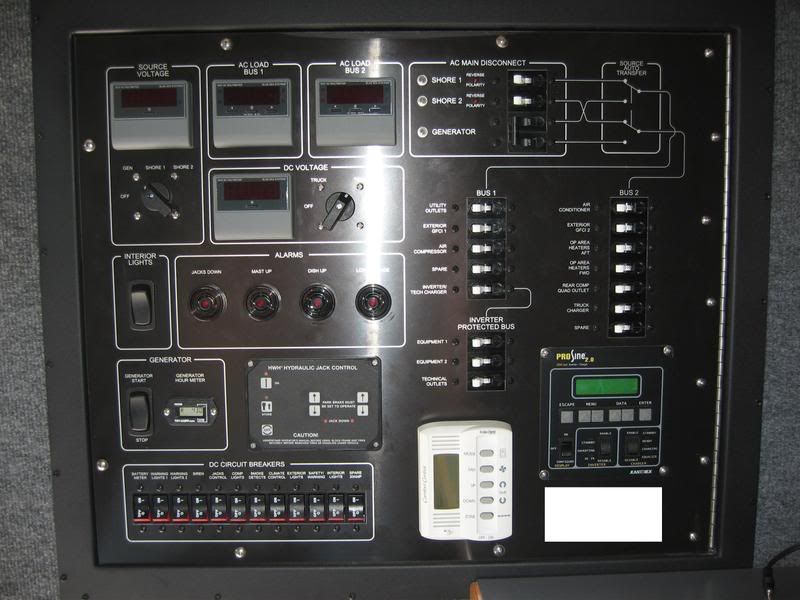The point is that the type of equipment he is making just plain is not covered by the NEC. Its like arguing that a guy in CA ought to follow the traffic laws of Illinois. They just don't apply.
Now if the thing has to meet some other standard, what is proposed might be a violation of that standard.
I would point out that this is a far less egrious problem than if someone were to put two relay contacts in parallel. If the load is above the rating of either contact, one of the contacts will see more load than it is rated for on power up, and one will have to break more load on power off.
A CB is a little different. If you are running 50 amps through two parallel 15 amp breakers it will eventually trip one of them first. The other one will see the full load and it will also trip. The second CB is not harmed more by this than if it (a 15A breaker) saw a 50A load and tripped because of that. Keep in mind circuit breakers are designed to take inrush currents far exceeding their thermal trip rating, so it is not much of an issue on power up either, other than the potential for a trip on power up due to excess inrush.
Even so there is generally no reason to do this for small breakers.


